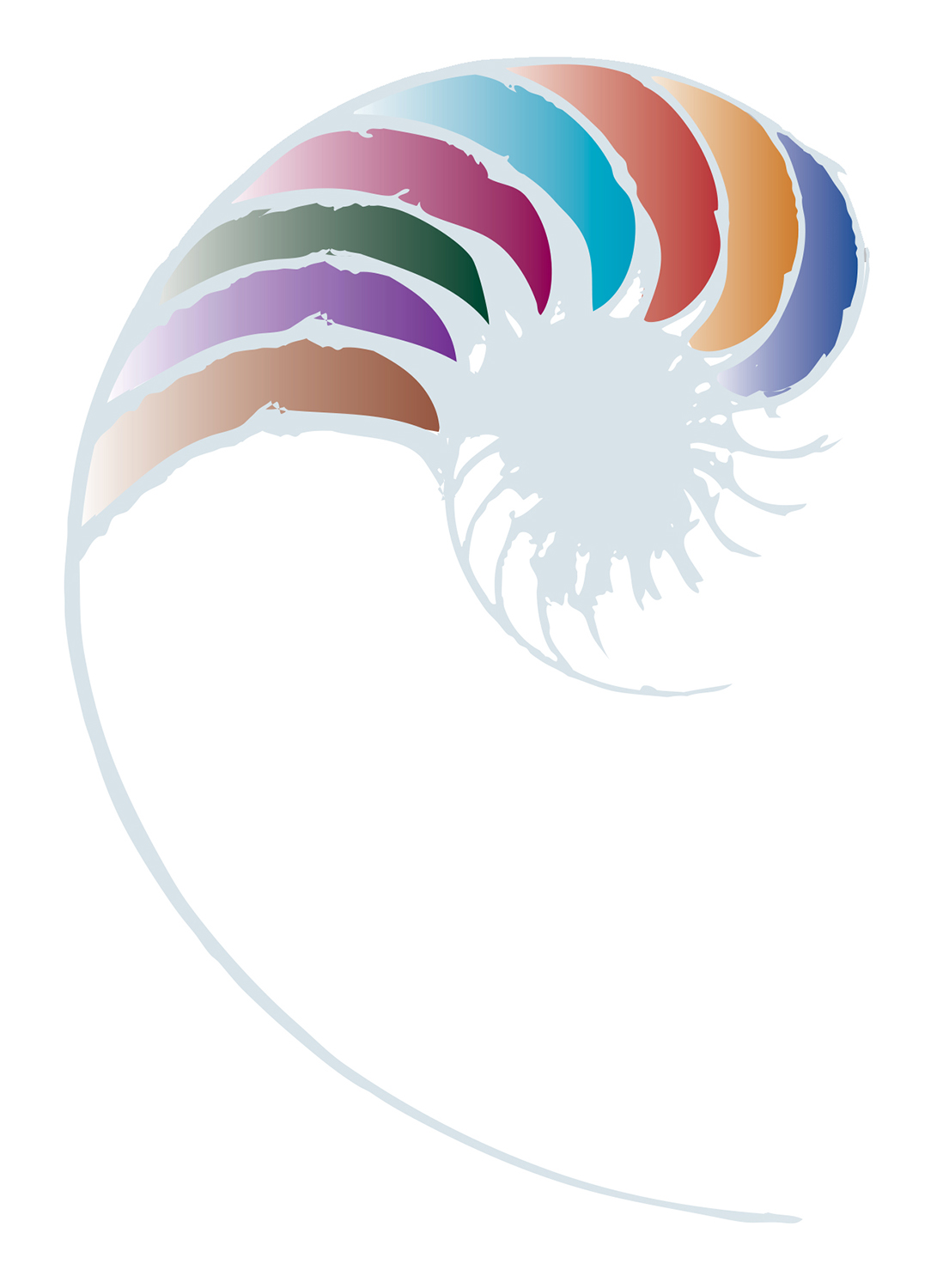Kapa Haka - Taumata 1
Ākona te Tau - Hine Raumati
Atua
Tānerore
E tū i te tū a Tānerore,
E haka i te haka a Tānerore.
Whakapapa
Torohia te pouaka "Mō te rauemi" ki raro nei e kitea ai te rauemi hāngai:
- The-whakapapa-of-Tānerore.pdf
Pūrākau
Hine Takurua rāua ko Hine Raumati
He mea tuhi nā Hana Pōmare, he mea whakamāori nā Hēni Jacob.
I tāia ki te hautaka Hine Raumati 1, whārangi 4–7, (2015, tātai pukapuka 711252).

Karakia
Te Haka a Tānerore
He mea tito e Nuki Tākao.
"Nā Urutengangana
Ko Tamanuiterā
Nā Tamanuiterā
Ko Tānerore
E tū i te tū a Tānerore
E haka i te haka a Tānerore
Kia ihi
Kia wehi
Kia wana e!"
- He Atua! He Kōrero!
- Kapa Haka
Te Whakapapa o Tānerore
See the “About this resource” box below to download resources: The-whakapapa-of-Tānerore.pdf
Ako ā-Kākā
Me ako ā-kākā ngā ākonga i te whakapapa o Tānerore.
Ka moe a Ranginui i a Papatūānuku
Ka puta ko Urutengangana
Ka moe a Urutengangana i a Hine Te Āhuru
Ka puta ko Tamanuiterā
Ka moe a Tamanuiterā i a Hine Raumati
Ka puta ko Tānerore.
He Ārai Kanohi Atua
Ngā mea e hiahiatia ana
- Ētahi pereti pepa, kua tapahia he kōhao mō ngā whatu
- He rākau iti hei whakamau atu ki ngā pereti
- He tēpa ārai
- He peita, he kōrikoriko, he hurumanu, he wūru, he rau (hei whakapaipai)
- He paraire peita
- He kāpia
What you do
- Organise the students into seven groups – one for each atua in the whakapapa.
- Students paint and decorate a paper plate to reflect their atua.
- Tape a stick to the back.
- Practise the whakapapa with each student reciting the part that relates to them, e.g:
- Child 1: ‘Ka moe a Ranginui’
- Child 2: ‘i a Papatūānuku’.
- Perform as a series of mini plays.
Hine Takurua rāua ko Hine Raumati
What you need
- Hine Takurua rāua ko Hine Raumati published in the journal Hine Raumati 1, pages 4–7, (2015, item number 711252)
What you do
- Tell the story of Hine Takurua rāua ko Hine Raumati. Ask students to listen very carefully so they can play a game afterwards that relates to the story.
Te Whānau a Tamanuiterā
Lyrics by Hana Pōmare, music by Iain Gordon and Aaron Tokona.
Order a copy of the resource Te Ao Hurihuri, (2001, item number 10343) Included in the kit is a CD of waiata based on Māori cosmology – Te Whānau a Tamanuiterā is track 7.
Te Whānau a Tamanuiterā (SoundCloud)
By Wai, from the album Ora.
https://www.youtube.com/watch?v=Dgkom690Mpw
What you do
- Talk with students about how Tānerore is related to Tamanuiterā and Hine Raumati; his role as the god of haka; and how you know when he is present (te kārohirohi).
- Take photos of students in front of a light background in a haka stance.
- Print onto A3 paper, (greyscale).
- Do an art activity where they paint around the silhouette in yellows, oranges and reds to represent the shimmering of Tānerore in summer, dancing for his mother Hine Raumati.
- Have an ‘Art Appreciation’ conversation once all the pictures are completed and the paint has dried, asking key questions:
- What did you enjoy most about this activity?
- What do you like best about your picture?
- What do you know now that you didn’t know before?
Haka
- Students stand in a circle, with one student in the middle. That student does a haka action e.g. stamping the foot, slapping thighs, raising hands – the rest follow. Group repeats action until another student runs into the middle, tags the person and starts a new action.
- Use the words of the karakia for a haka. Organise students into 4 groups. Give each group a set of lines from the karakia.
- Each group comes up with appropriate actions for the four parts of the haka:
- Nā Urutengangana
Ko Tamanuiterā - Nā Tamanuiterā
Ko Tānerore - E tū i te tū a Tānerore
E haka i te haka a Tānerore - Kia ihi
Kia wehi
Kia wana e!
- Groups practise their section with words and actions. All groups then come together and perform their respective parts of the new haka in order. Each group teaches the wider group their section.
- Discuss whether the parts all work together, or whether they need to adjust parts to work better.
Note
- You could get older students to help facilitate each group.
- You could involve both boys and girls, or have boys and girls work separately and see what they come up with.
E tū i te tū a Tānerore
E tū i te tū a Tānerore, E haka i te haka a Tānerore.
- Tell the story of Tānerore again to explain the meaning of the whakataukī.
- Teach the whakataukī as a pao for the girls and as a mini-haka for the boys.
- Have students practise using the pao and haka iti during class kapa haka sessions to build their confidence for using in a more public forum.
- Explain that this whakataukī is perfect for acknowledging individuals and groups who have excelled (in their eyes) at kapa haka, e.g. at a kura performance for the whānau.
Possible Assessment Opportunities
Students can:
- Create and perform a short a play based on the whakapapa of Tānerore.
- Recall parts of the pūrākau using the ‘Roll and Retell’ activity.
- Participate in an art appreciation activity. (Record the conversations.)
- Work cooperatively to compose mini haka and collaborate as a whole group to put the haka ‘together’.
- Compose beats and sounds for waiata and record.
- Perform pao (girls) and haka (boys) at appropriate occasions.
Heading
Mō te rauemi
Wāhanga Ako: Te Reo Māori, Ngā Toi, Hangarau
Taumata: Taumata 1
Kōwae Ako: Ākona te Tau - Hine Raumati















